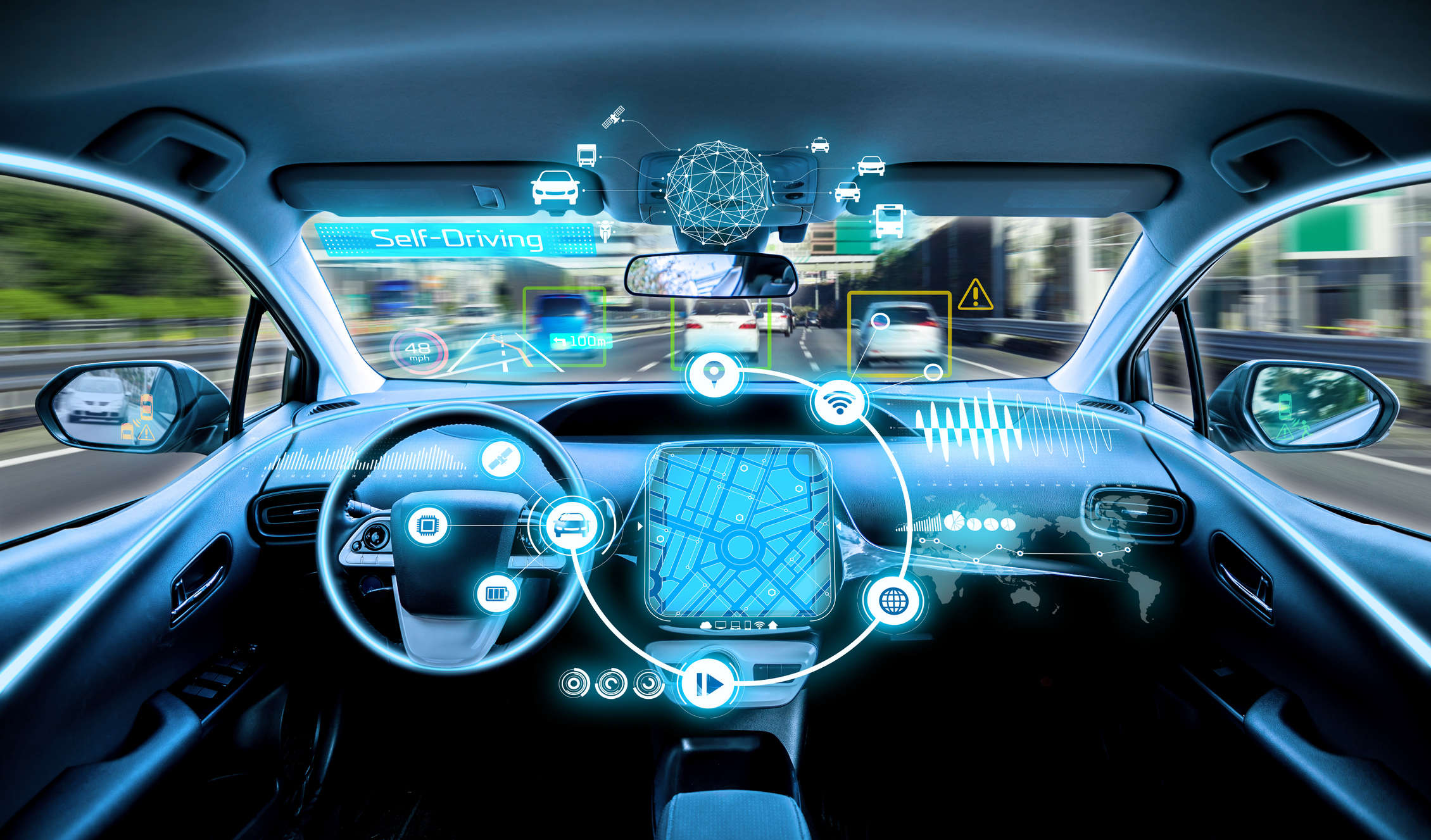The Future of Automotive: What to Expect on the Road
Table of Contents
Toggle
As we navigate through the 21st century, the landscape of the automotive industry is undergoing a seismic shift. With rapid advancements in technology, changing consumer expectations, and growing environmental concerns, the road ahead promises to be nothing short of revolutionary. Buckle up as we explore pafikotaelelim.org.
Electrification: Powering the Next Generation
One of the most significant trends shaping the future of the automotive industry is electrification. As countries push for cleaner energy and reduce reliance on fossil fuels, electric vehicles (EVs) are emerging as the frontrunners. Major automakers are ramping up production of EVs, and it’s clear that the combustion engine’s days are numbered.
By 2030, it’s estimated that electric vehicles could account for nearly half of all new car sales. The appeal lies in their environmental benefits, reduced maintenance costs, and the ever-improving range and charging infrastructure. As battery technology advances, we can expect faster charging times, longer ranges, and lower costs—making EVs an increasingly attractive option for consumers worldwide.
Autonomous Vehicles: Redefining Mobility
Imagine a world where cars drive themselves. It may sound like science fiction, but autonomous vehicles (AVs) are steadily becoming a reality. Companies like Tesla, Waymo, and Uber are at the forefront of this innovation, testing self-driving cars that promise to transform the way we think about transportation.
The implications of autonomous vehicles are profound. For one, they could drastically reduce traffic accidents, as human error is responsible for over 90% of crashes. Moreover, AVs have the potential to enhance mobility for the elderly and disabled, offering newfound independence. In urban areas, self-driving cars could alleviate congestion by optimizing traffic flow and reducing the need for parking spaces.
However, the widespread adoption of autonomous vehicles also brings challenges, including regulatory hurdles, cybersecurity risks, and ethical dilemmas. As these issues are addressed, we inch closer to a future where driving may become a relic of the past.
Connected Cars: The Internet on Wheels
In the era of smartphones and smart homes, it’s only natural that our vehicles are becoming smarter too. Connected cars, equipped with advanced sensors, cameras, and software, are revolutionizing the driving experience. These vehicles communicate with each other and their surroundings, providing real-time data that enhances safety, efficiency, and convenience.
For example, connected cars can alert drivers to potential hazards, suggest alternative routes to avoid traffic, and even find the nearest available parking spot. Over-the-air updates allow automakers to remotely upgrade vehicle software, ensuring that cars remain up-to-date with the latest features and security patches. As 5G networks expand, the capabilities of connected cars will only grow, paving the way for a new era of seamless, integrated mobility.
Sustainability: Driving Toward a Greener Future
As climate change becomes an increasingly urgent issue, the automotive industry is under pressure to reduce its environmental impact. Beyond the shift to electric vehicles, sustainability is influencing every aspect of car design, manufacturing, and disposal.
Automakers are exploring innovative materials, such as recycled plastics and sustainable metals, to reduce their carbon footprint. Advances in lightweight materials, like carbon fiber and aluminum, improve fuel efficiency by reducing vehicle weight. Moreover, the concept of the circular economy is gaining traction, where end-of-life vehicles are recycled and their components reused in new cars.
This push for sustainability extends to the production process as well. Many manufacturers are adopting green manufacturing practices, utilizing renewable energy sources, and reducing waste. As a result, the future of automotive will be defined by eco-conscious design and manufacturing, driving us toward a cleaner, more sustainable world.
Mobility as a Service: Redefining Ownership
In the coming years, car ownership as we know it may change dramatically. The rise of Mobility as a Service (MaaS) is set to transform how people access transportation. Instead of owning a car, individuals may opt for subscription-based services that provide access to a fleet of vehicles on-demand.
This shift is driven by the increasing costs of vehicle ownership, urbanization, and a growing preference for flexible, cost-effective transportation solutions. Ride-hailing, car-sharing, and even bike-sharing services are becoming more popular, especially in densely populated cities. As MaaS continues to evolve, it could reduce the number of vehicles on the road, alleviate congestion, and promote more sustainable transportation options.
Conclusion
In summary, The Future of Automotive: What to Expect on the Road is a fascinating blend of electrification, autonomy, connectivity, sustainability, and evolving mobility models. These innovations are set to redefine our relationship with vehicles, transforming them from mere modes of transport into smart, sustainable, and integrated systems that enhance our daily lives. As these trends converge, the journey ahead promises to be one of the most exciting and transformative chapters in automotive history.
You may also like
| M | T | W | T | F | S | S |
|---|---|---|---|---|---|---|
| 1 | 2 | 3 | 4 | 5 | 6 | 7 |
| 8 | 9 | 10 | 11 | 12 | 13 | 14 |
| 15 | 16 | 17 | 18 | 19 | 20 | 21 |
| 22 | 23 | 24 | 25 | 26 | 27 | 28 |
| 29 | 30 | |||||
Archives
- August 2024
- June 2024
- May 2024
- March 2024
- February 2024
- January 2024
- December 2023
- November 2023
- October 2023
- September 2023
- August 2023
- July 2023
- June 2023
- May 2023
- April 2023
- March 2023
- February 2023
- January 2023
- December 2022
- November 2022
- October 2022
- September 2022
- August 2022
- July 2022
- June 2022
- May 2022
- April 2022
- March 2022

